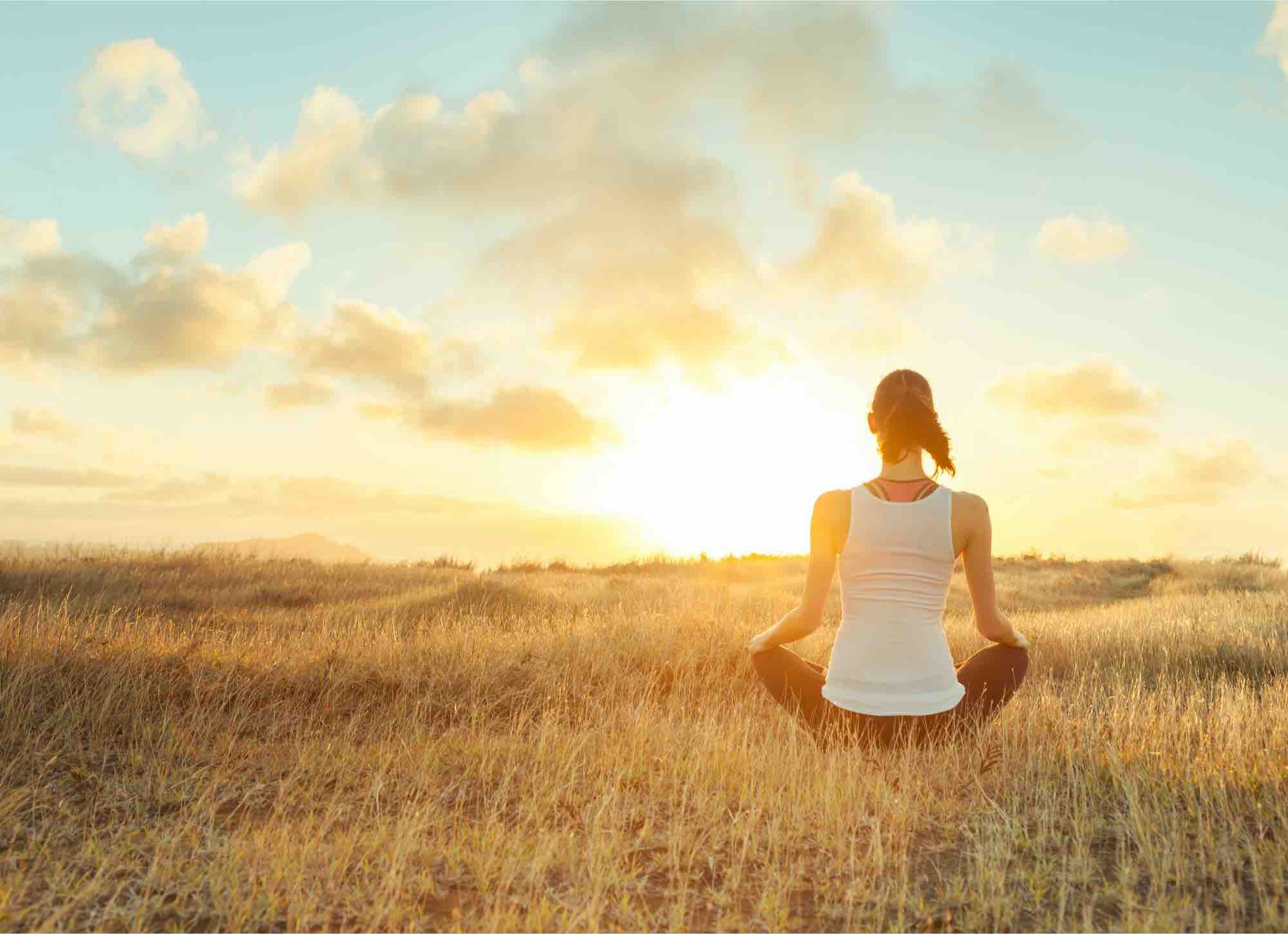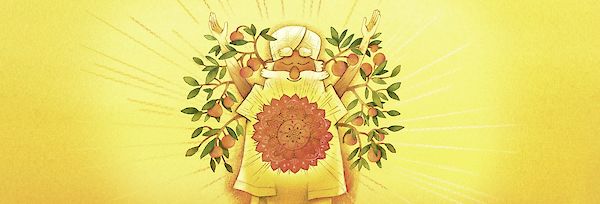Yoga and happiness
Yoga can be defined in many ways – perhaps as many as there are practitioners. We prefer to define yoga as a state of consciousness. A state of being. A technique, a practice, that allows us to experience ourselves and our environment in a new and more comprehensive, complete and holistic way.
Yoga means unity. Unity between the seemingly separate; between the things we experience as being separate. Me and everything else. Me and the infinite.
Happiness is also defined as a state of pleasant mental and physical satisfaction.
The big question remains as to how this can be achieved – how one can attain happiness.
Humanity has always sought to classify happiness. But nothing and no one can guarantee that you will feel happy.
Not even the practice of yoga.
How can we correlate yoga and happiness?
The essence of yoga is the awakening of that certain state of consciousness full of unity, and the revelation of the authenticity and originality of one’s own unique and unrepeatable self, in order to uncover one’s personal fate (dharma). It is the fulfilment of selfhood and the simultaneous development of a life lived in full and at peace with oneself.

In short: to do exactly the things that you have to. To find yourself in the place where you belong. To say exactly the things that need saying.
Think of the things you have experienced. Of the important moments in your life, and ask yourself:
- What happens if you do the things your soul is truly crying out for?
- What happens when you make a difficult decision that seems to run counter to what is normal, logical and fixed? Yet deep inside yourself, you feel that you do not want to go back on your decision?
- What happens within when you express the things you have wanted to express for so long – free from embarrassment, fear or politeness?
- What happens when you let go of the person or people who you feel are hampering your own personal development?
You feel a sense of fulfilment, peace and happiness.
You experience a renewed sense of vitality. A lighter and more powerful energy and physical strength. Your mental clarity and inner calm grow and your faith in yourself and in life are renewed and reaffirmed. You feel capable and are able to be yourself and do what you want.

This feeling can last two minutes, two weeks, two years or a lifetime.
Consistent and extensive yoga practice and meditation can help you to recognise, facilitate and express the development of your self. The dharma we are given is discovered and intuitively understood. With it, you can realise something wonderful, for yourself but above all for others.
We begin to find the resources and internal tools with which to confront the kinds of situation that we feel are impossible to tackle – situations that result in fear and paralysis, and cause us to hide or disappear so that we don’t have to encounter them, let alone tackle them.
It is about discovering our own innate potential and creativity, and overcoming life’s challenges with grace and joy. With trust and respect.
Happiness and yoga do not mean the absence of suffering. But if you manage to maintain your trust in life and your inner receptiveness to what your soul is telling you, and if you can feel at peace with your actions and words, suffering can be experienced in a different state – with a stronger connection to your authenticity and inner fulfilment.
We will now leave you with some suggestions on cultivating happiness:
- Practise being grateful. To say thank you and feel grateful leads to such a level of peace, acceptance and trust that it will doubtless open the doors to happiness for you. If this sounds familiar, then take a look at our article on gratitude. There you can download a template for keeping a gratitude journal.
- The power of laughter. Laughter’s healing powers on the body, emotions and mind are now being recognised. There is laughter yoga and Hasya yoga. This primarily involves combining yoga positions with an intense focus on breathing with the aim of intensively activating the diaphragm. The intention is to make us aware of the connection with our loving essence – openly and without guilt.
- And, finally, we want to present this simple Yoga exercise for renewal. It awakens your zest for life and increases your general wellbeing.



